What is Trisomy 13?
It is difficult to find the accurate prevalence data about trisomy 13 (t13). Some studies look to hospital registries while others focus on infants born in a specific state or country. Numbers are extrapolated and figures are shared.
The common finding is a bleak one with an emphasis on the presence of physical malformations such as cleft lip and palate, small jaw, and microcephaly (small head circumference with corresponding neurological limitations) and medical conditions such as cardiac defects, including patent ductus arteriosus (PDA) and ventricular septal defect (VSD) as well as respiratory difficulties such as central apnea.
I want to counter that portrayal with images of smiling and laughing children and young adults. I’ve met many toddler and preschool age children with various types of t13 (full, mosaic, etc). I also know one young lady with full t13, about to turn 13, who walks short distances independently.
I realize this is anecdotal information, but I also have data. I had an article published in the prestigious American Journal of Medical Genetics in 2011 titled “Birth History, Physical Characteristics, and Medical Conditions in Long-Term Survivors with Full Trisomy 13.” I describe 30 long-term survivors. This group included 18 children still living when data was collected with a mean age of 48 months. How is that for another condition considered “incompatible with life?” The oldest living survivor was 67 months old. The best part is parents, usually mothers, are asked to complete an additional survey each year, or part of a year, their child lives.
As far as I know, the Tracking Rare Incidence Syndromes (TRIS) project, of which I am the Principal Investigator, is the only project collecting longitudinal data on topics ranging from surgeries to family support to school placement. I wish there were more hours in the day, so I could do more to share this information.
Children with trisomy 13, similar to those with trisomy 18 (see previous blog entry) are a diverse group. They vary in cultural background, family composition and a myriad of other characteristics. Each child has a unique temperament and personality. Yes, there may be many medical issues and, yes, life span may be brief, but each newborn, infant, toddler, preschooler and older children and adults with t13 has value— just ask their families.
The additional responsibilities are not viewed as a burden but as a blessing. It isn’t a blessing in a religious sense necessarily, but focusing on the good fortune or luck that a child with the cards stacked against her, so to speak, while still thriving brings a deeper understanding to what it means to be a family.
I am a scientist and enjoy analyzing data, but the connection between children with t13 and those they come into contact with is what I want to share. I want to emphasize their worth and draw attention to the positives rather than the list of syndrome-related challenges. I hope I have done that here through these words and photos.
Dr. Debbie Bruns is an Associate Professor in the Department of Educational Psychology and Special Education at Southern Illinois University, Carbondale. She has had an interest in rare trisomy conditions for over 20 years. She began as a teacher in New York City, working with young children with multiple disabilities including preschoolers diagnosed with trisomy 18 and, now, as the principal investigator for the Tracking Rare Incidence Syndromes (TRIS) project.
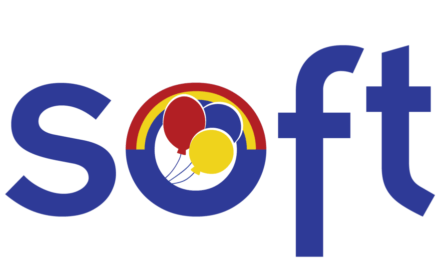
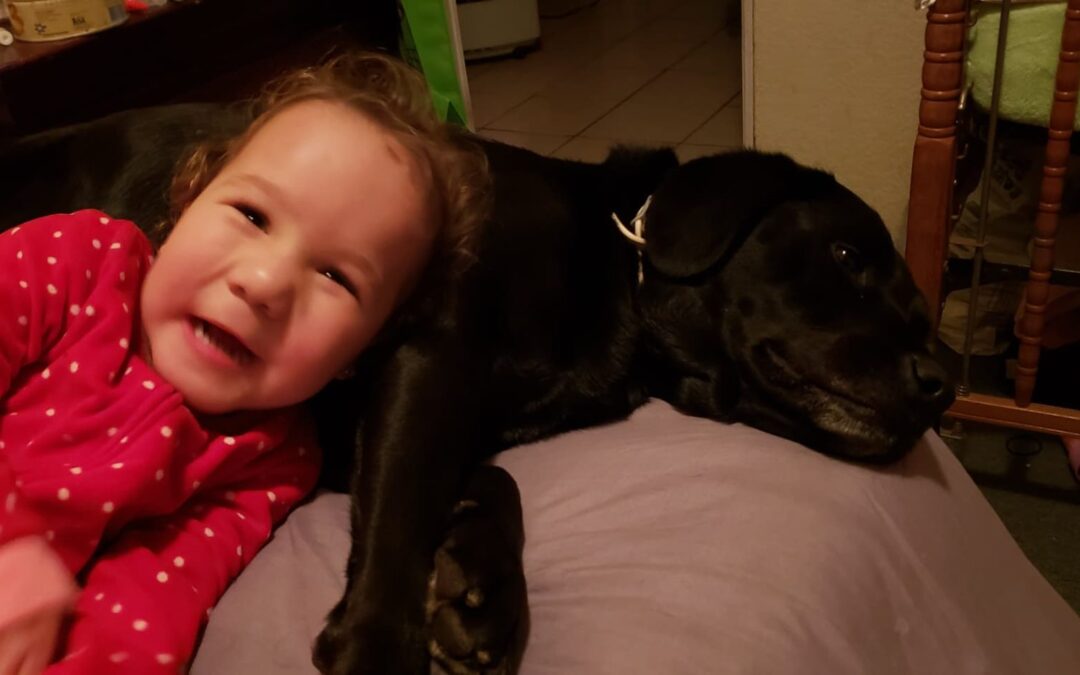

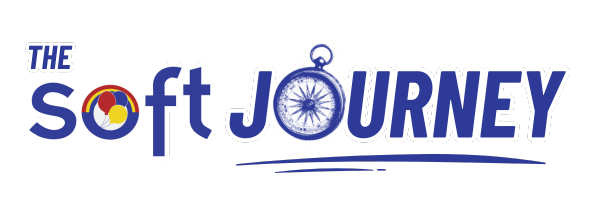
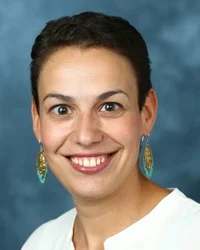
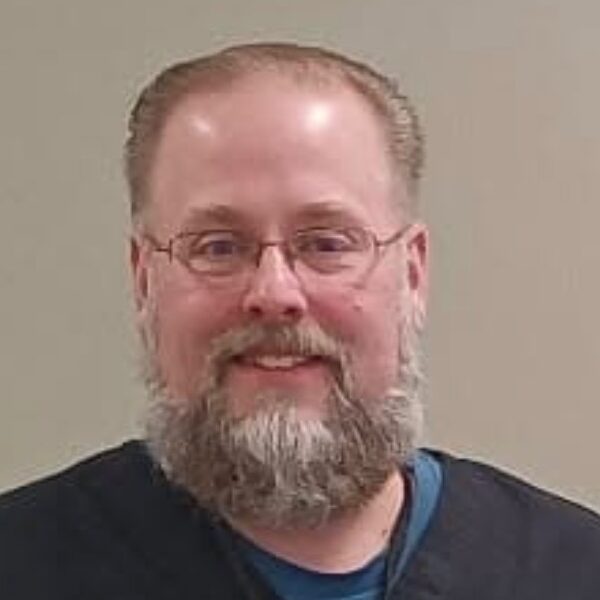
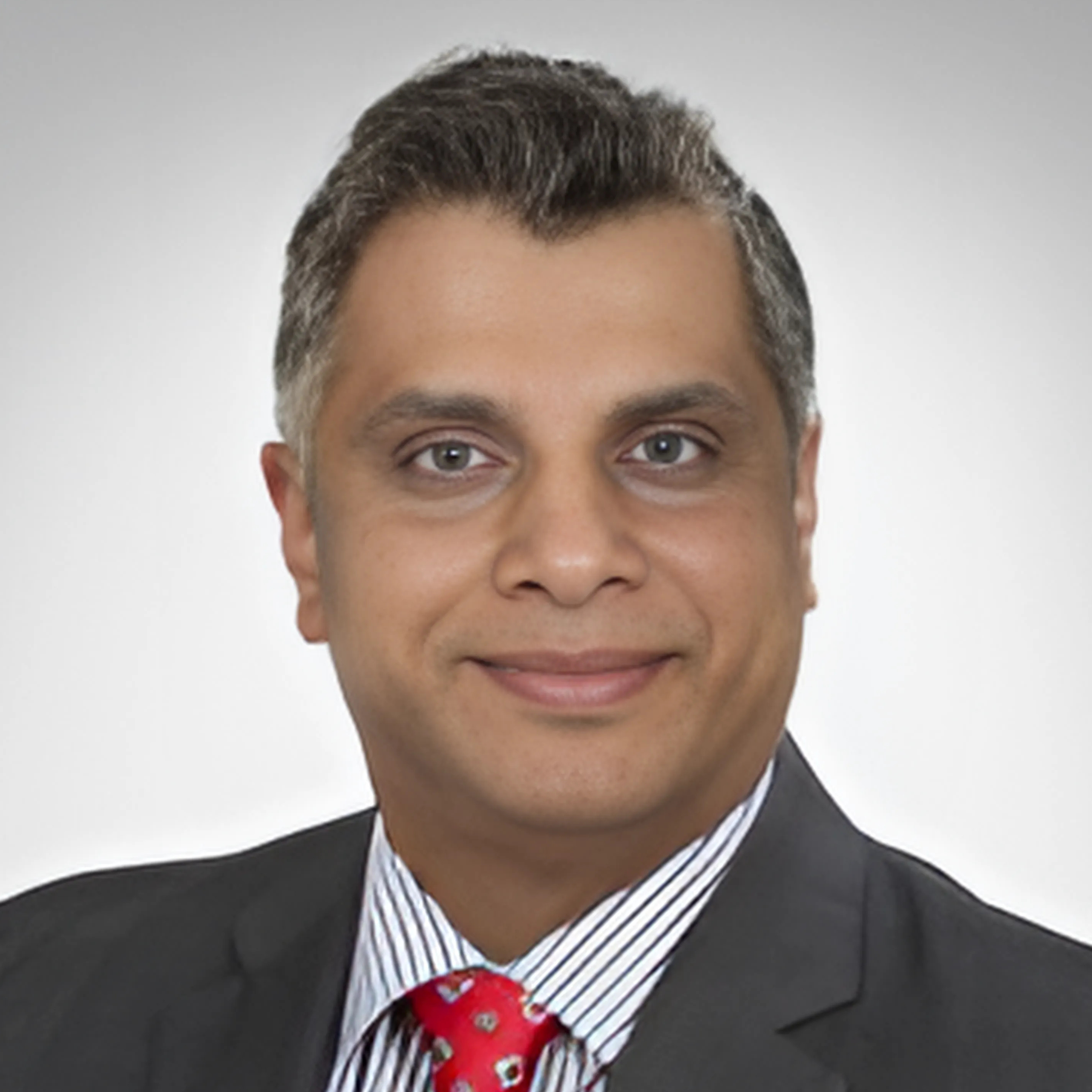
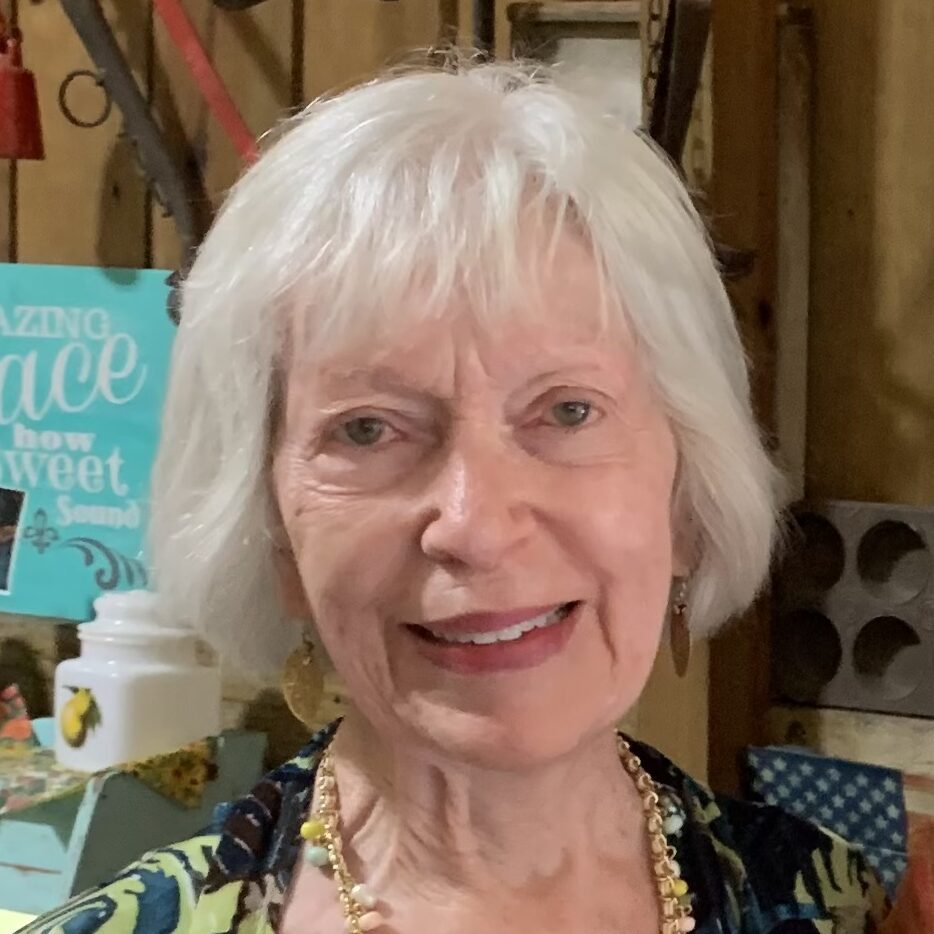

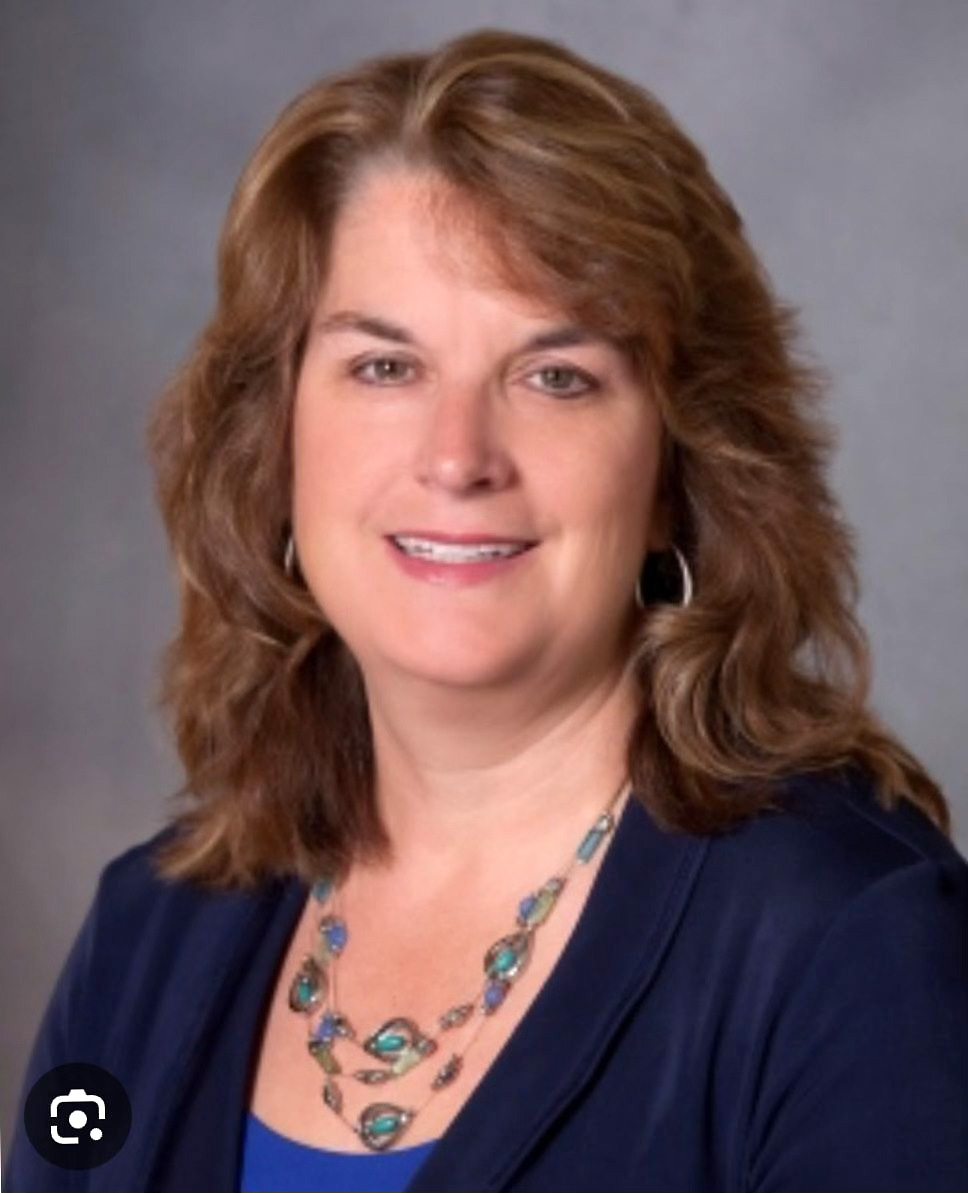
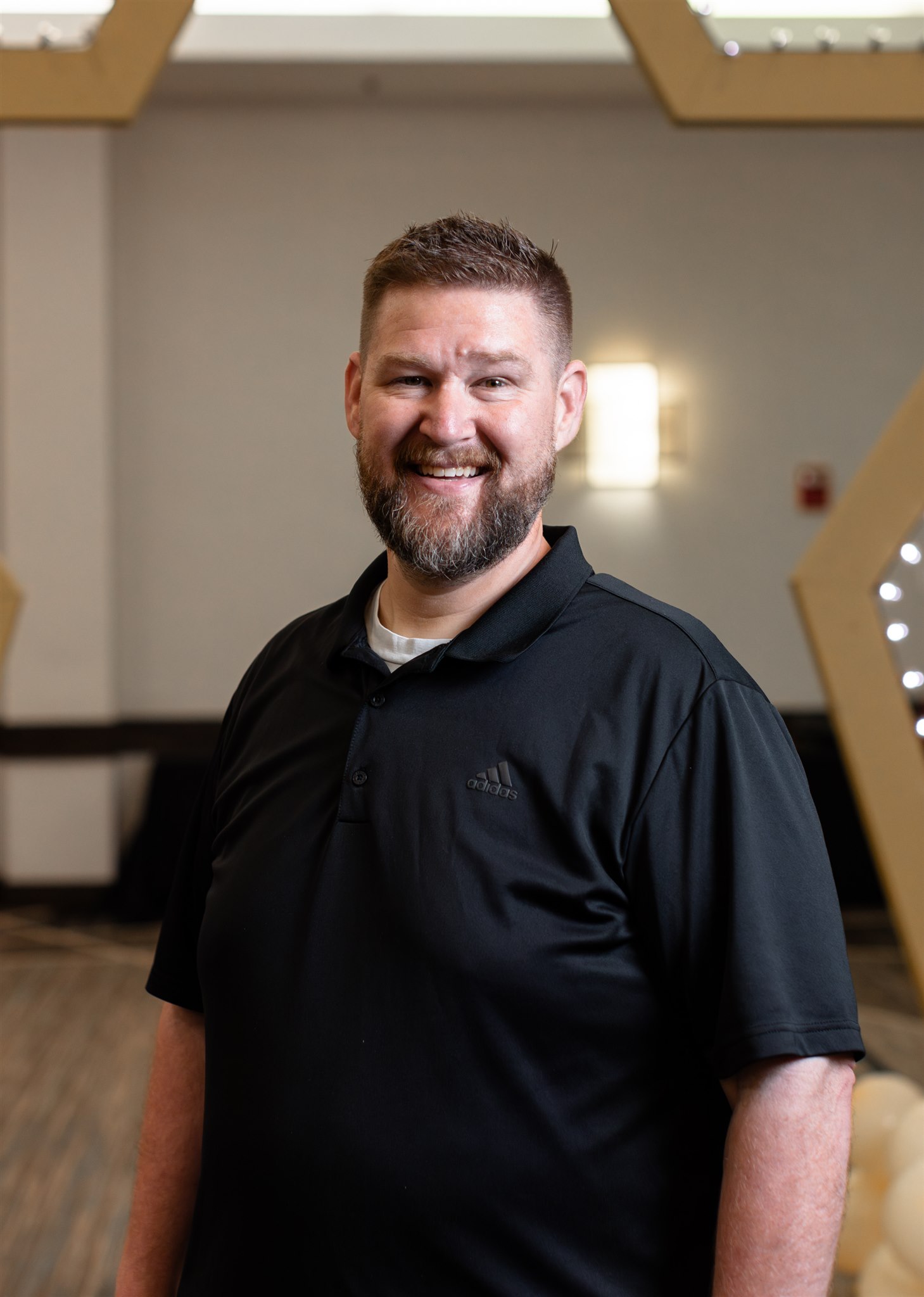
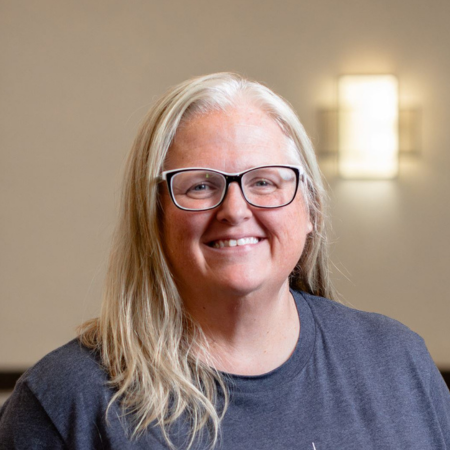

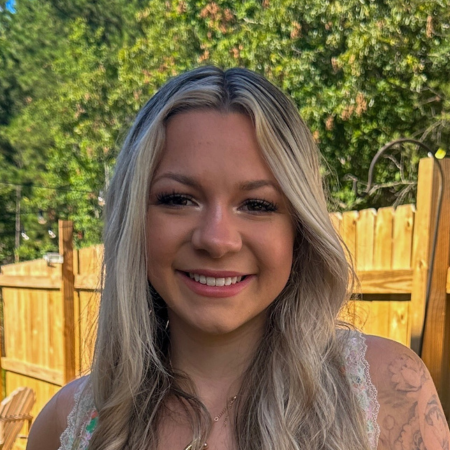
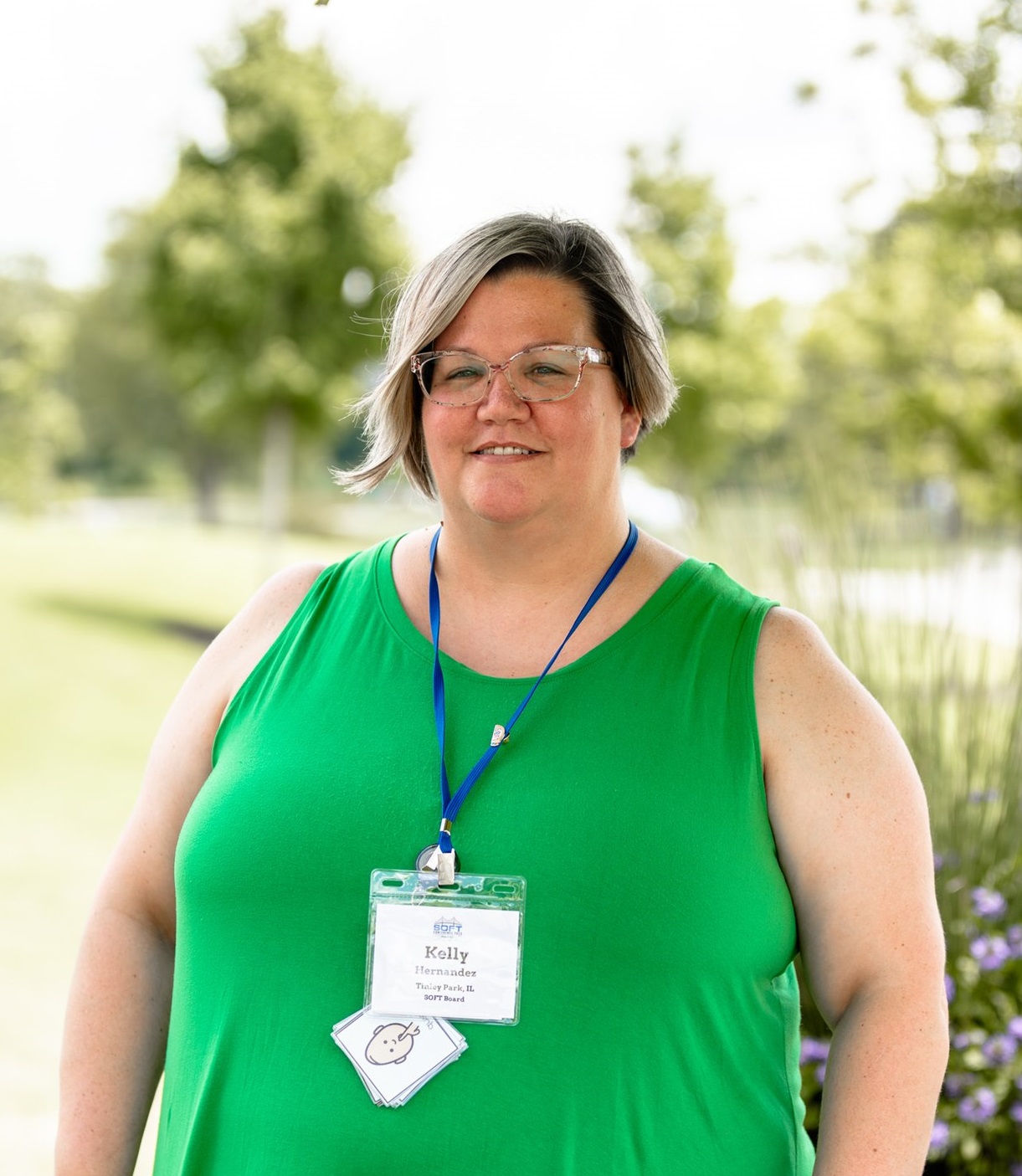
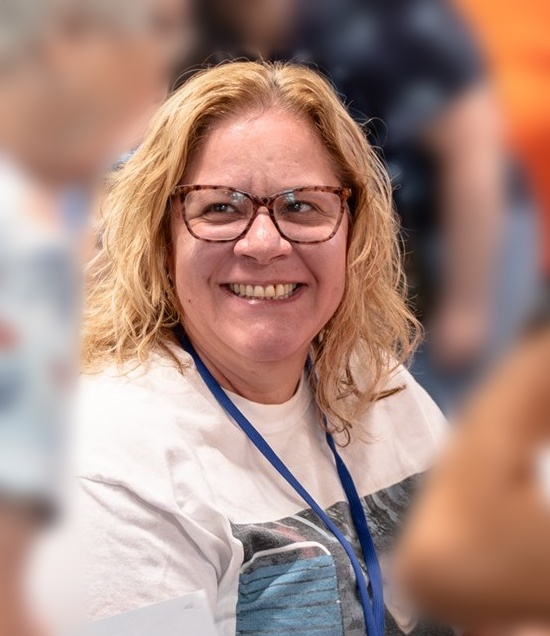
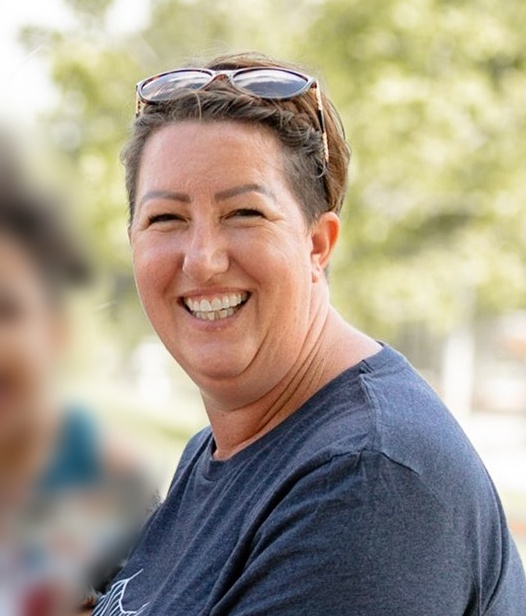

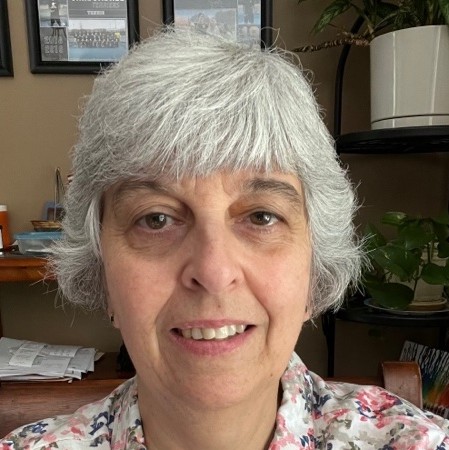
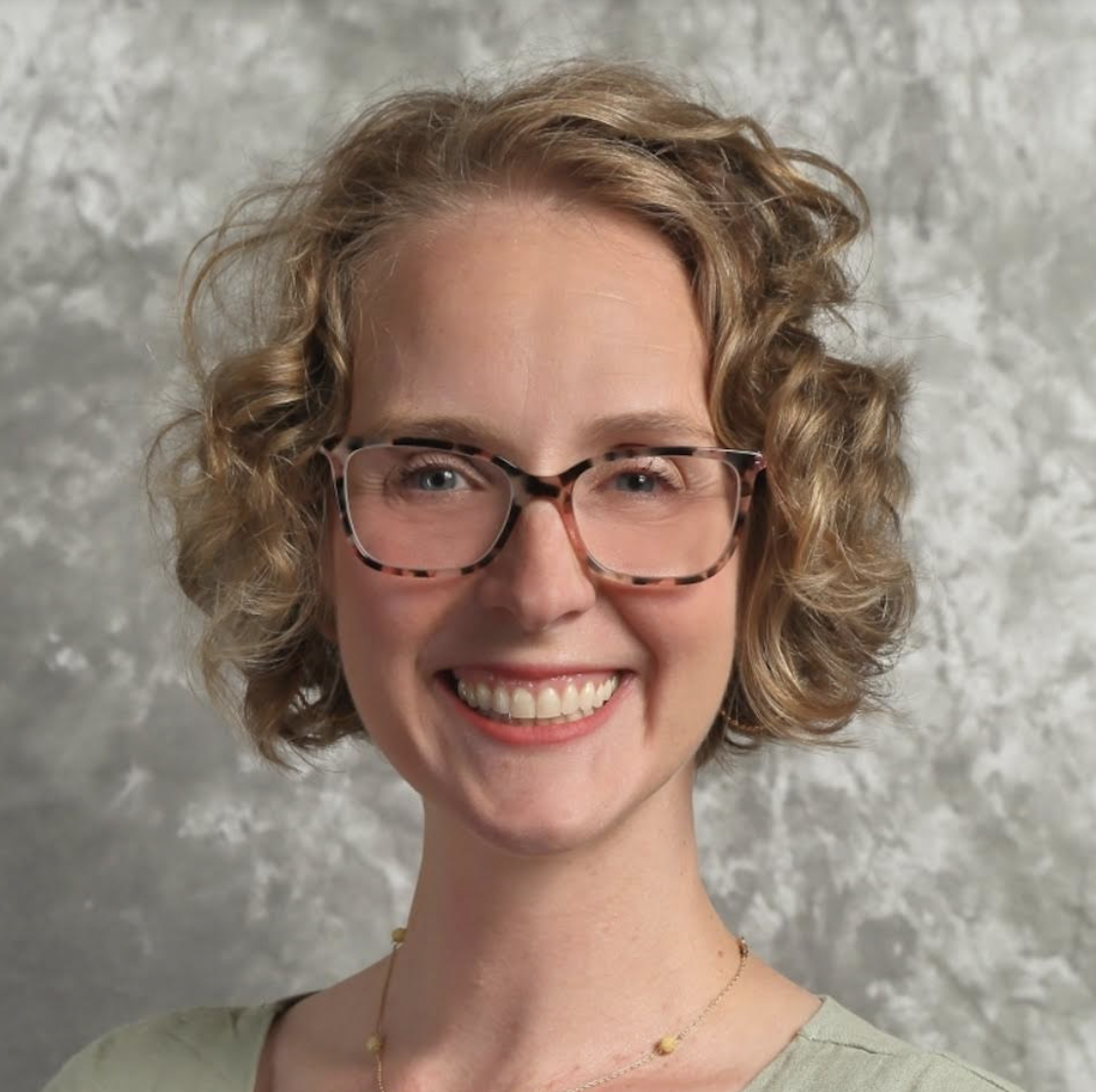

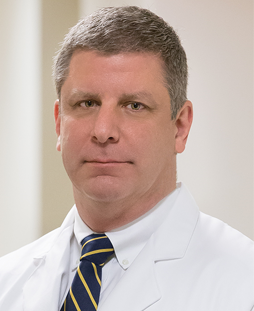

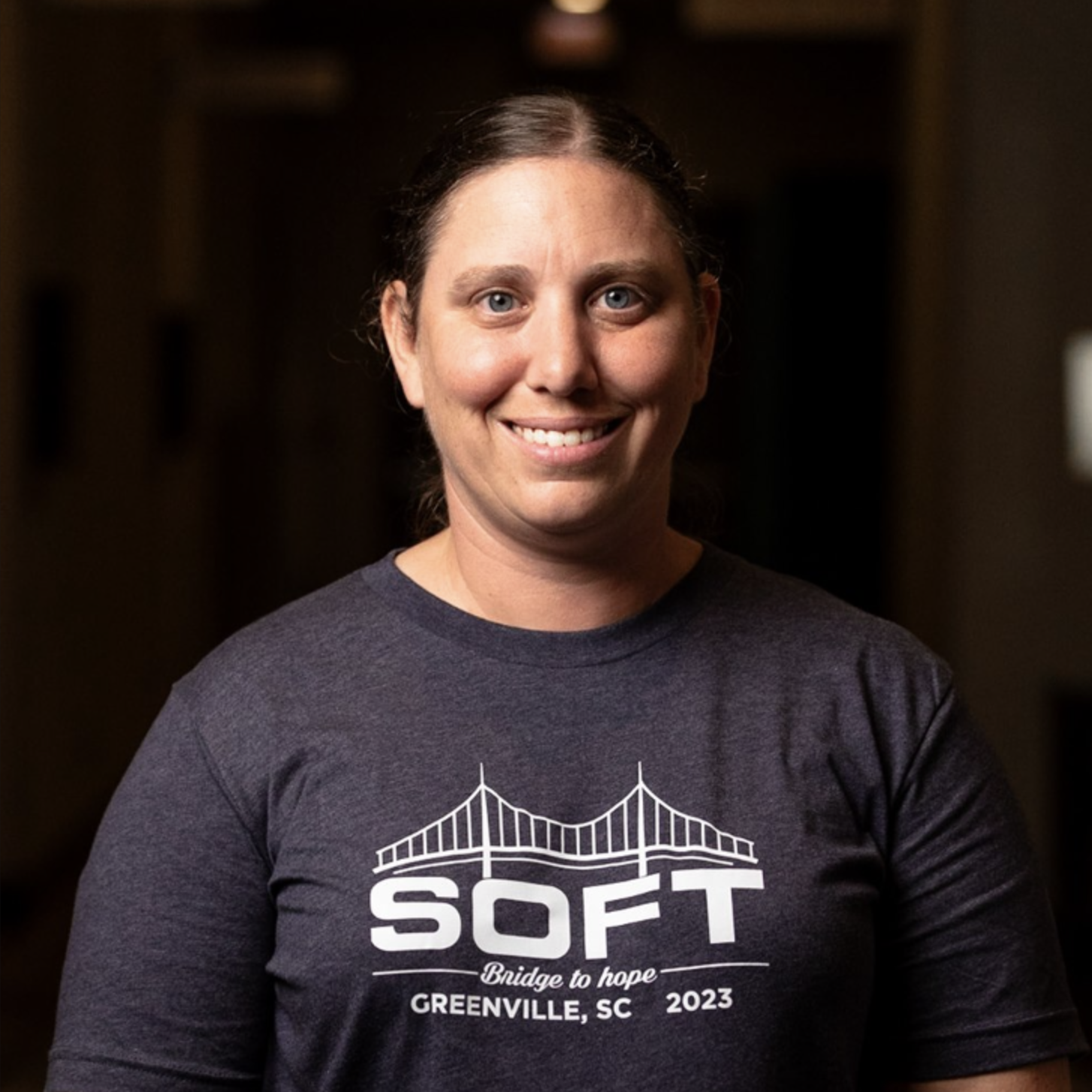



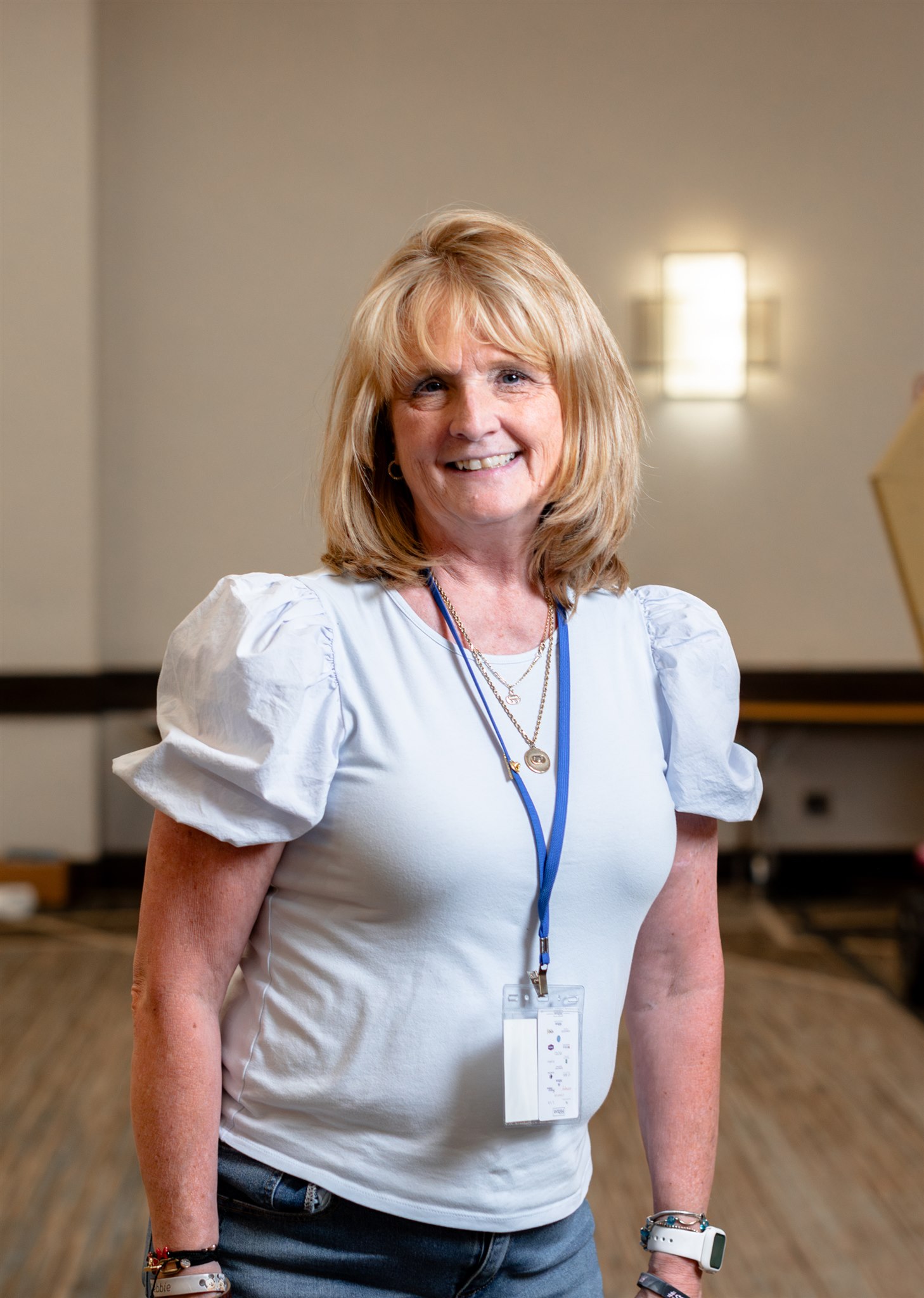
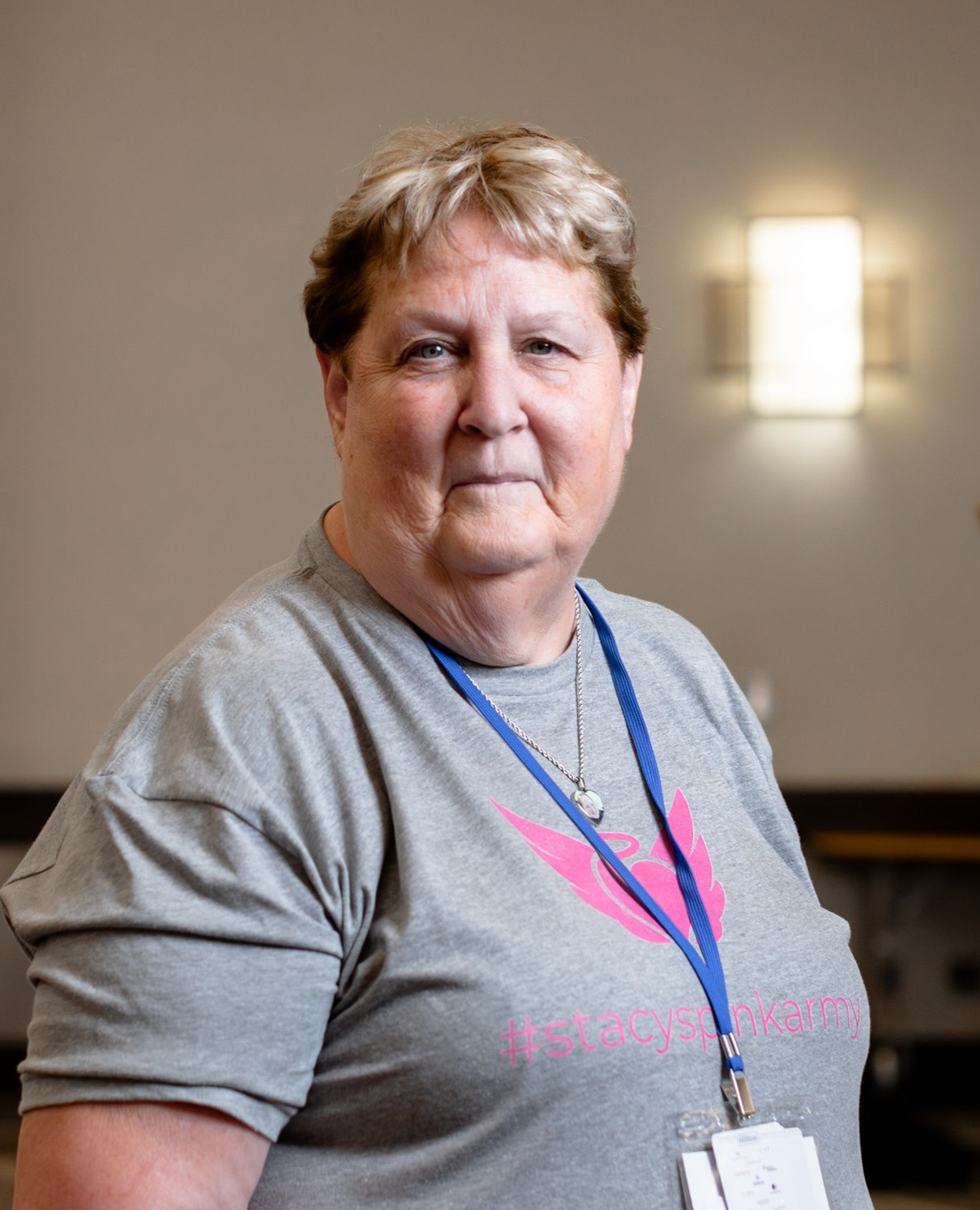
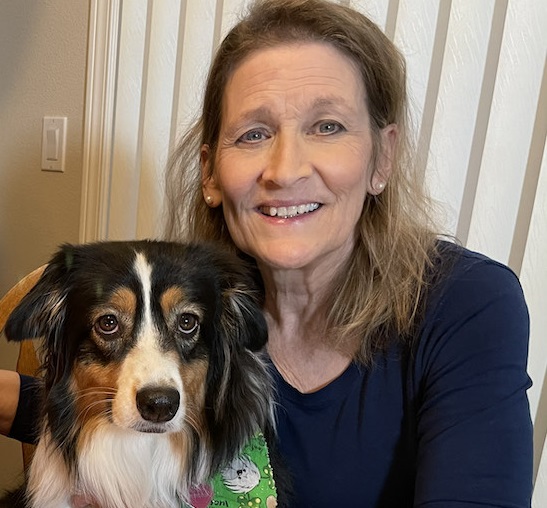
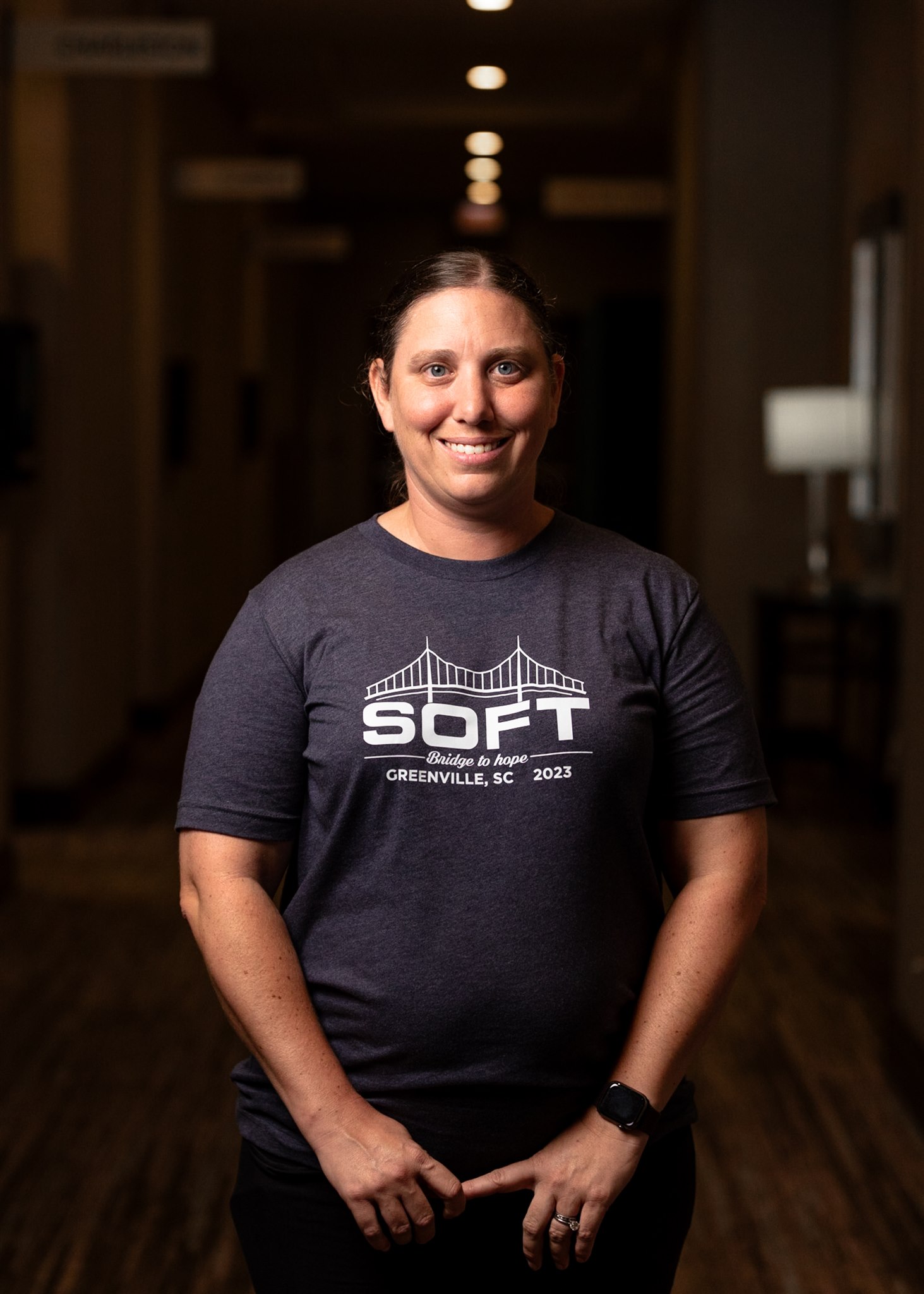
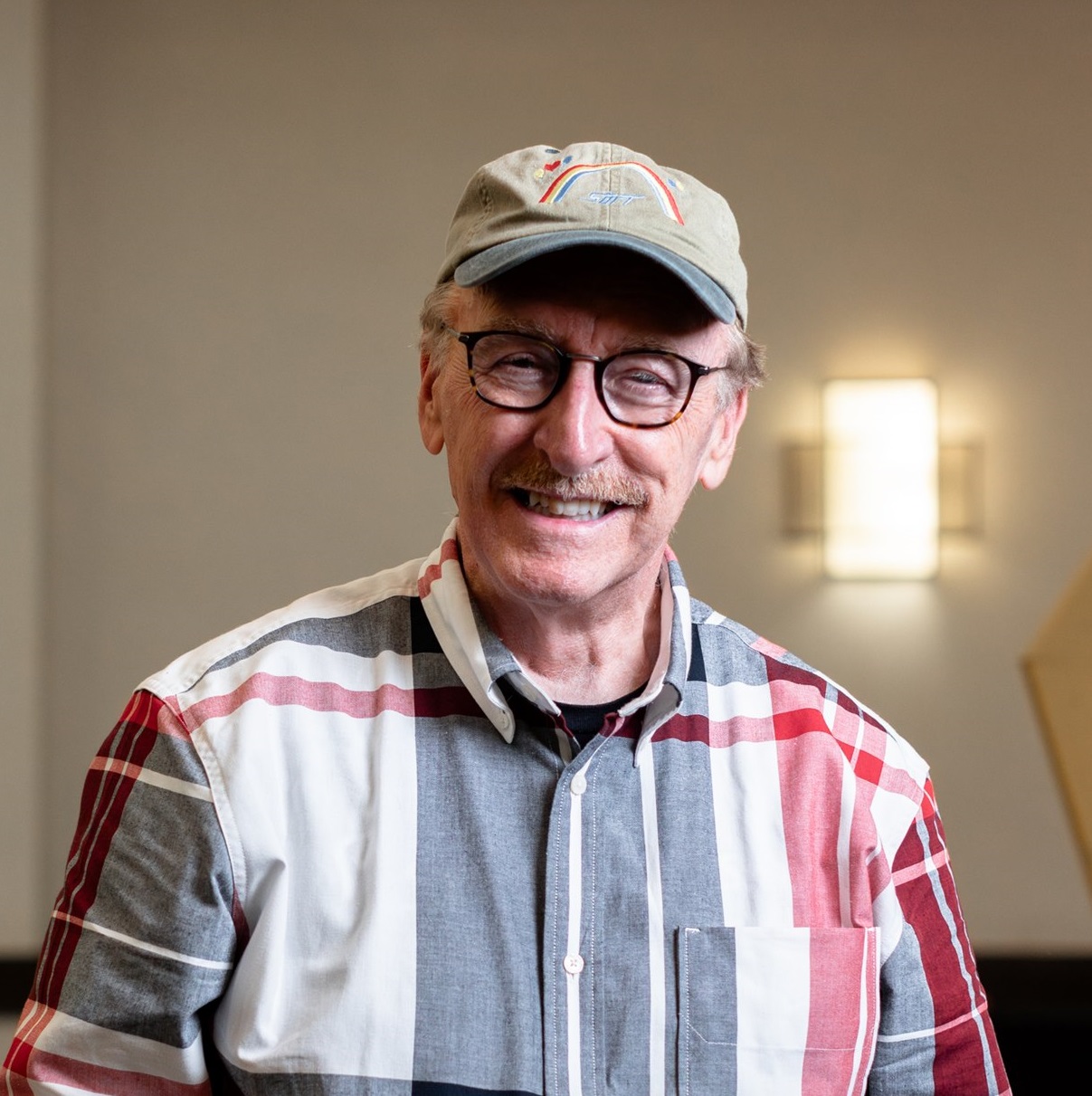

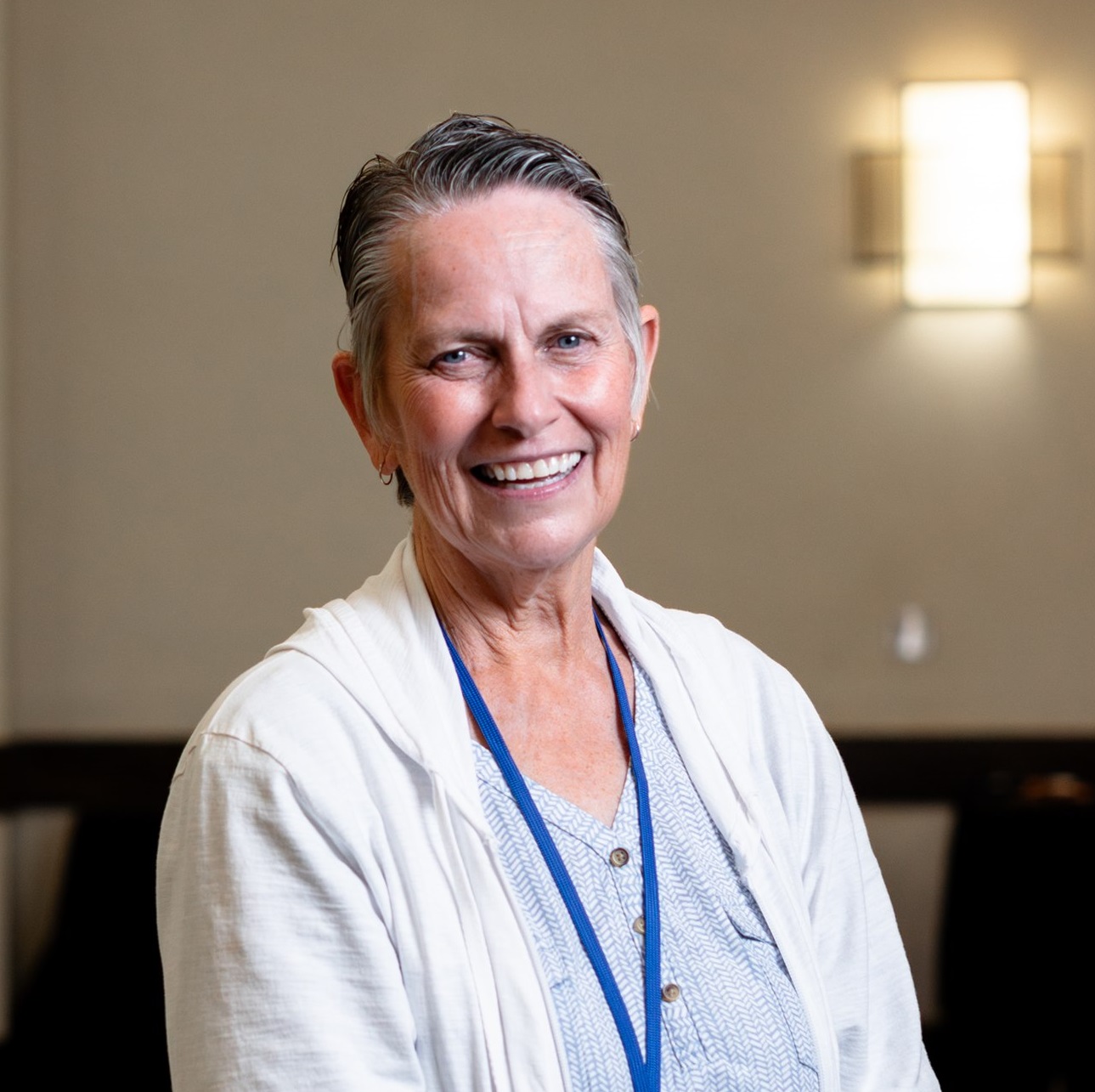

Recent Comments